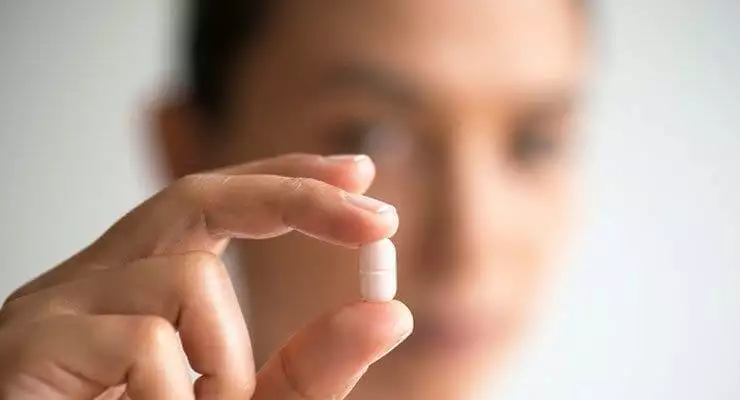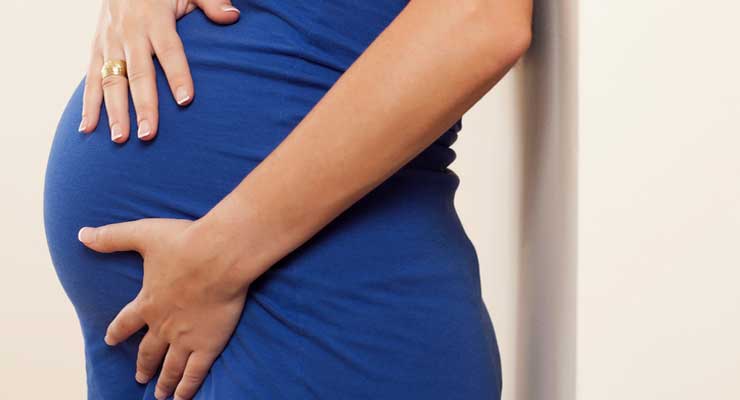According to the American Pregnancy Association, yeast infections occur from an overgrowth of yeast, resulting from an imbalance of acid and yeast within the vagina. Antibiotics, high blood sugar, vaginal intercourse, douching and semen all contribute to this imbalance. A yeast infection during pregnancy is common, especially with increased hormonal changes during the second trimester. Although yeast infections have no adverse affects on a pregnancy, they are more difficult to control and uncomfortable at this time.
Discomfort
As stated on the Family Doctor website, three of four women will experience a yeast infection in her life, and 50 percent will have a recurrent infection. One of the first noticeable symptoms of a yeast infection is discomfort. You will likely experience some lower abdominal cramping and burning during urination. Also common is itching of the external genitalia, as well as pain during intercourse. Make an appointment with your health care provider at the onset of any discomfort so that you can obtain an accurate diagnosis. Discomfort from a yeast infection mirrors discomfort associated with other infections and diseases, such as bacterial vaginosis, chlamydia, gonorrhea and trichomoniasis. Physician-prescribed vaginal creams can help relieve itching and burning.
Discharge
Though some amount of vaginal discharge is normal at any point in a woman’s life, vaginal discharge associated with a yeast infection looks and feels different. This white, mucous-like fluid is thicker and has a cottage-cheese consistency. It might also have a green or yellow tinge, and there is generally more of it. In addition to an external vaginal cream to relieve discomfort, your physician will likely prescribe a vaginal suppository. Diflucan, a single-dose oral medication, is not approved for use during pregnancy. Lingering discomfort and discharge usually subside within 10 to 14 days.
Odor
Normal fluid discharge is odorless. In the event of a yeast infection, however, you might notice discharge with a faint yeast-like smell. Do not douche or use perfumed feminine sprays to mask the odor. Douches and sprays can kill beneficial yeast and bacteria in the vaginal area and worsen the infection.
Rash
In addition to physical discomfort and discharge during a yeast infection, the vaginal area might also appear red and swollen. To help relieve redness and swelling until the infection clears, wear loose clothing and cotton underpants. Avoid soapy baths or scented toilet papers that can be especially irritating. Also, avoid sugary foods that promote yeast production, and include yogurt with lactobacillus acidophilus in your diet.
Photo Credit
- pregnant women belly image by Slobodan Vasic from Fotolia.com





